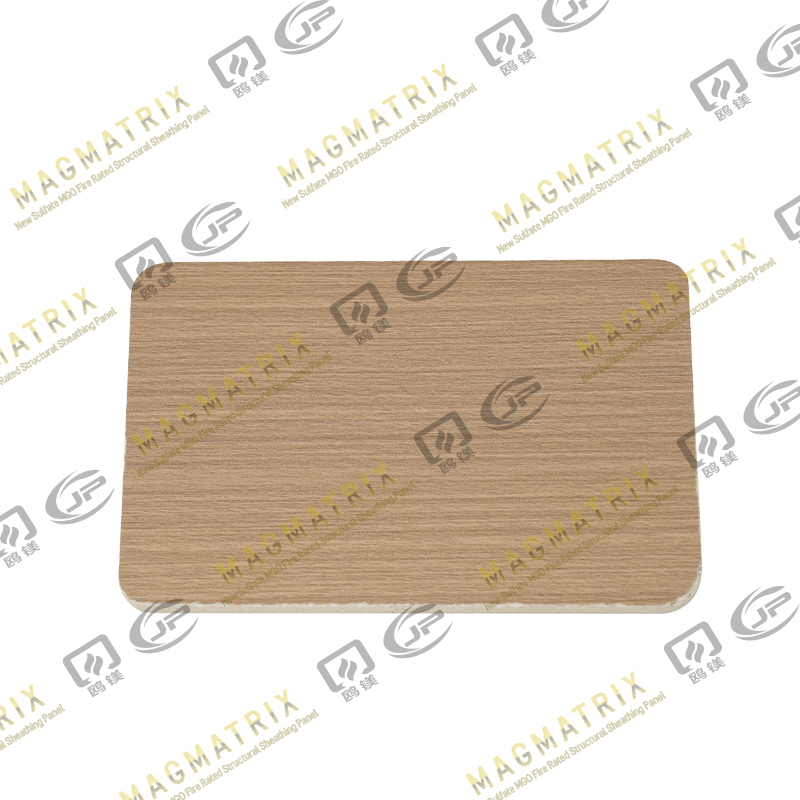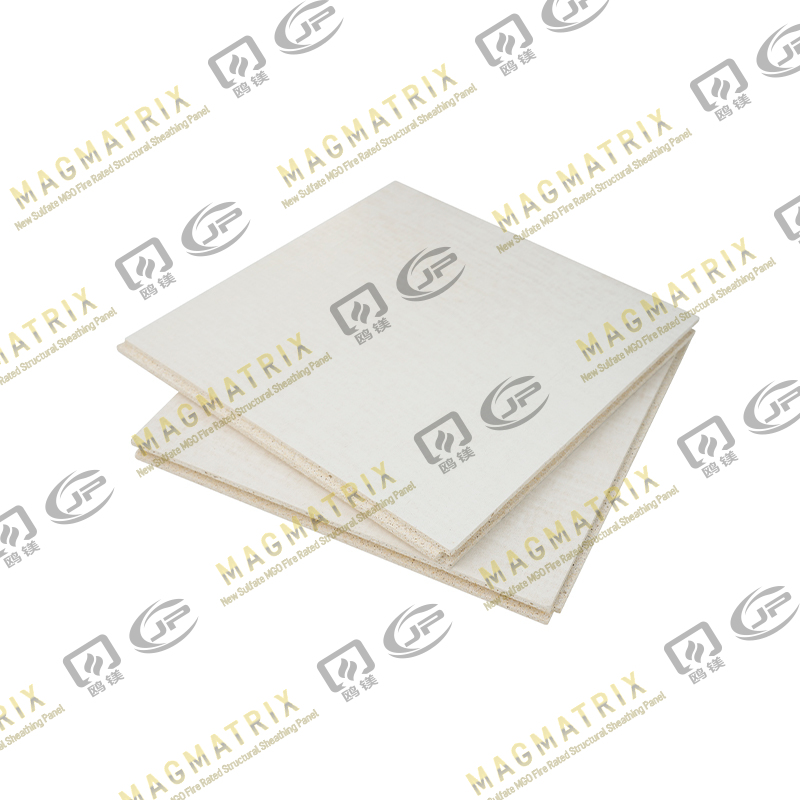
As the construction industry evolves, so do the materials that shape our homes and buildings. Among these innovations, MgO board wall sheathing is emerging as a game changer for 2025 and beyond. Known for its exceptional durability, fire resistance, and eco-friendly properties, MgO board is poised to redefine building standards, offering architects and builders a superior alternative to traditional sheathing materials.
This article dives deep into the myriad benefits of MgO board, its applications, and what you need to consider as you adapt to this revolutionary material. Whether you’re a seasoned professional or a DIY enthusiast, understanding the potential of MgO board will unlock new possibilities in your projects. Join us as we explore the future of construction, revealing insights that will empower your design choices and elevate the quality of your builds in the years ahead. Prepare to embrace innovation and sustainability with MgO board wall sheathing!
Benefits of MgO Board for Construction
MgO board, or Magnesium Oxide board, has been gaining traction in the construction industry for its remarkable benefits, which position it as a superior choice over traditional materials. One of the most notable advantages of MgO board is its exceptional durability. It is resistant to impacts, ensuring that the structures remain intact and sturdy over time. This durability extends to its resistance to moisture and mold, which is a critical factor in maintaining the integrity of buildings in various climatic conditions. Unlike conventional materials like drywall and plywood, MgO board does not deteriorate when exposed to water, making it an ideal choice for areas prone to high humidity or flooding.
Another significant benefit of MgO board is its outstanding fire resistance. The material is non-combustible and can withstand extremely high temperatures without compromising its structural integrity. This characteristic not only enhances the safety of buildings but also provides peace of mind to occupants, knowing that their homes or workplaces are better protected against fire hazards. In an era where fire safety regulations are becoming increasingly stringent, MgO board offers a practical and reliable solution to meet these standards.
Furthermore, MgO board is celebrated for its eco-friendly properties. It is made from natural materials and does not release harmful toxins into the environment, both during production and throughout its lifecycle. This aligns with the growing emphasis on sustainability in the construction industry, where reducing the carbon footprint is a priority. By opting for MgO board, builders and architects can contribute to greener construction practices, promoting healthier living spaces and a more sustainable future.
Comparison of MgO Board with Traditional Sheathing Materials
When comparing MgO board to traditional sheathing materials such as drywall, plywood, and OSB (Oriented Strand Board), the differences are substantial. Drywall, for instance, is widely used for interior walls but is highly susceptible to moisture damage. It can easily become infested with mold and mildew, leading to deteriorated air quality and potential health risks. In contrast, MgO board's resistance to water and mold makes it a far more durable and hygienic option for both interior and exterior applications.
Plywood and OSB are commonly used for structural sheathing due to their strength and ease of installation. However, these materials are also prone to water damage, warping, and insect infestation. MgO board offers superior performance in these areas, as it does not warp, rot, or attract pests. Additionally, the fire resistance of MgO board is significantly higher than that of plywood and OSB, which can ignite easily and contribute to the spread of fire. This makes MgO board a safer choice, especially in regions with strict fire codes.
Another traditional material, gypsum board, is often used for its fire-resistant properties. While gypsum board does offer some level of fire protection, it is not as robust as MgO board. MgO board provides a higher degree of fire resistance and does not release toxic fumes when exposed to high temperatures. This makes it a superior choice for enhancing the safety and resilience of buildings. Moreover, MgO board's environmental benefits, such as being recyclable and having a lower carbon footprint, set it apart from traditional materials, making it a forward-thinking choice for modern construction.
Innovations in MgO Board Technology for 2025
As we look towards 2025, the advancements in MgO board technology are poised to revolutionize the construction industry. One of the most exciting innovations is the development of enhanced composite formulations that improve the board's overall performance. These new formulations are designed to increase strength, flexibility, and longevity, making MgO boards even more versatile for various applications. By incorporating advanced materials science, manufacturers are pushing the boundaries of what MgO boards can achieve, ensuring they meet the evolving demands of modern construction.
Another significant innovation is the integration of smart technology into MgO boards. This includes embedding sensors within the boards to monitor structural health, moisture levels, and temperature changes in real-time. Such smart MgO boards can provide valuable data to building managers and maintenance teams, allowing for proactive management and early detection of potential issues. This predictive maintenance capability not only extends the lifespan of buildings but also enhances safety and efficiency, aligning with the growing trend of smart buildings and IoT (Internet of Things) in construction.
Moreover, advancements in manufacturing techniques are making MgO boards more accessible and cost-effective. Automated production processes and improved quality control measures are driving down costs while ensuring consistent, high-quality outputs. These innovations are making MgO boards a more viable option for a wider range of projects, from residential homes to large-scale commercial developments. As the technology continues to evolve, we can expect MgO boards to become an integral part of the construction landscape, offering cutting-edge solutions for a sustainable and resilient built environment.
Environmental Impact of MgO Board Wall Sheathing
In an age where environmental sustainability is paramount, MgO board stands out as an eco-friendly building material that addresses many of the ecological concerns associated with traditional construction materials. One of the key environmental benefits of MgO board is its low carbon footprint. The production process of MgO board generates significantly lower CO2 emissions compared to the manufacturing of cement and other conventional building materials. This reduction in greenhouse gas emissions is crucial for mitigating climate change and promoting sustainable development.
Additionally, MgO board is made from abundant natural resources, including magnesium oxide, which is derived from magnesium-rich minerals. This ensures that the raw materials are not only plentiful but also responsibly sourced. Furthermore, MgO board is recyclable at the end of its life cycle, reducing waste and promoting circular economy principles. Unlike traditional materials that often end up in landfills, MgO board can be repurposed or recycled, contributing to resource conservation and waste minimization.
The health and indoor air quality benefits of MgO board also contribute to its positive environmental impact. Unlike materials that can off-gas volatile organic compounds (VOCs) and other harmful chemicals, MgO board is free from toxic emissions. This makes it a healthier choice for indoor environments, improving the well-being of occupants and reducing the overall environmental burden. By choosing MgO board, builders and architects can create structures that are not only sustainable but also conducive to healthy living and working conditions.
Installation Guidelines for MgO Board
Proper installation of MgO board is crucial to ensure its optimal performance and longevity. The first step is to prepare the surface where the MgO board will be installed. The surface should be clean, dry, and free of any debris or contaminants that could interfere with adhesion. It's also important to ensure that the framing or substrate is properly aligned and secured, as this will provide a stable foundation for the MgO board.
When cutting MgO board, it's recommended to use a carbide-tipped saw blade to achieve clean, precise cuts. Protective equipment such as gloves, safety goggles, and a dust mask should be worn to safeguard against dust and debris. Once the boards are cut to the desired size, they can be fastened to the framing using corrosion-resistant screws or nails. It's essential to follow the manufacturer's guidelines regarding fastener spacing and placement to ensure the boards are securely attached.
Sealing the joints and edges is another important aspect of MgO board installation. Use a high-quality, waterproof sealant to fill any gaps or joints between the boards. This will prevent moisture infiltration and enhance the overall durability of the installation. Additionally, MgO board can be finished with a variety of coatings, such as paint, stucco, or tile, depending on the desired aesthetic and functional requirements. By adhering to these installation guidelines, builders can maximize the benefits of MgO board and ensure a successful, long-lasting application.
Common Misconceptions About MgO Board
Despite its growing popularity, there are several misconceptions about MgO board that need to be addressed. One common misconception is that MgO board is too expensive compared to traditional materials. While the initial cost of MgO board may be higher, it's important to consider the long-term savings it offers. Its durability, fire resistance, and low maintenance requirements can lead to significant cost savings over the lifespan of the building, making it a cost-effective investment in the long run.
Another misconception is that MgO board is difficult to work with. In reality, MgO board is relatively easy to handle and install, especially with the right tools and techniques. It can be cut, drilled, and fastened much like other sheathing materials, and its lightweight nature makes it easier to transport and maneuver on-site. With proper training and adherence to installation guidelines, contractors can effectively work with MgO board without encountering significant challenges.
There is also a misconception that MgO board is not widely available. While it may have been less common in the past, the increasing demand for sustainable and high-performance building materials has led to greater availability of MgO board. Many suppliers and manufacturers now offer a range of MgO board products, making it accessible for various construction projects. As awareness of its benefits continues to grow, MgO board is becoming a mainstream option for architects and builders alike.
Market Trends and Predictions for MgO Board in 2025
The market for MgO board is expected to experience significant growth in the coming years, driven by increasing demand for sustainable and resilient building materials. One of the key trends shaping the market is the growing emphasis on green building practices. As more countries and municipalities enforce stricter environmental regulations, the adoption of eco-friendly materials like MgO board is set to rise. This trend is further supported by the growing awareness among consumers and builders about the importance of reducing the environmental impact of construction.
Another trend influencing the MgO board market is the advancement in construction technologies. The integration of smart building solutions and the rise of prefabrication and modular construction are creating new opportunities for MgO board. Its lightweight and versatile nature make it an ideal choice for off-site construction, where components are manufactured in controlled environments and then assembled on-site. This method not only improves efficiency but also reduces waste and ensures higher quality standards.
Looking ahead, the market for MgO board is expected to expand geographically, with increased adoption in emerging economies. As these regions experience rapid urbanization and infrastructure development, the demand for durable, fire-resistant, and sustainable building materials will drive the growth of MgO board. Additionally, ongoing research and development efforts are likely to lead to further innovations in MgO board technology, enhancing its performance and broadening its applications. By 2025, MgO board is poised to become a key player in the construction industry, setting new benchmarks for quality and sustainability.
Case Studies: Successful Applications of MgO Board
To illustrate the practical benefits of MgO board, let's explore some successful applications in various construction projects. One notable case study is the use of MgO board in a residential development in Florida, known for its humid climate and susceptibility to hurricanes. The developers chose MgO board for its moisture resistance and strength, which are critical in preventing water damage and ensuring structural integrity. The result was a series of homes that withstood severe weather conditions without compromising on safety or durability.
Another compelling example is the application of MgO board in a commercial building in California, where fire safety regulations are particularly stringent. The architects opted for MgO board due to its superior fire resistance, which not only met but exceeded local building codes. During a fire incident, the MgO board demonstrated its effectiveness by preventing the spread of flames, ultimately minimizing damage and protecting the occupants. This case study highlights the lifesaving potential of MgO board in fire-prone areas.
In a third case study, MgO board was used in the renovation of a historic building in Europe. The project required materials that could provide modern performance while preserving the building's aesthetic and structural characteristics. MgO board was chosen for its versatility and ease of installation, allowing the renovation to proceed smoothly without compromising the building's heritage value. The successful application of MgO board in this context underscores its adaptability and suitability for both new constructions and retrofits.
Conclusion: The Future of Building with MgO Board
As we look to the future, the role of MgO board in the construction industry is set to become increasingly prominent. Its unique combination of durability, fire resistance, and eco-friendliness addresses many of the challenges faced by traditional building materials. The advancements in MgO board technology and the growing emphasis on sustainability are driving its adoption across a range of applications, from residential homes to commercial buildings and beyond.
For architects and builders, understanding the potential of MgO board is essential for staying ahead in a rapidly evolving industry. By embracing this innovative material, they can enhance the quality, safety, and sustainability of their projects, meeting the demands of modern construction while contributing to a greener future. The insights gained from successful case studies and market trends underscore the transformative impact of MgO board, providing a blueprint for its widespread adoption.
In conclusion, MgO board represents a significant step forward in building materials, offering a superior alternative that aligns with the future of construction. As we move towards 2025 and beyond, the integration of MgO board into building practices will unlock new possibilities, empowering professionals and DIY enthusiasts alike to create resilient, sustainable, and high-performance structures. The future of building is here, and with MgO board, it promises to be brighter and more sustainable than ever before.
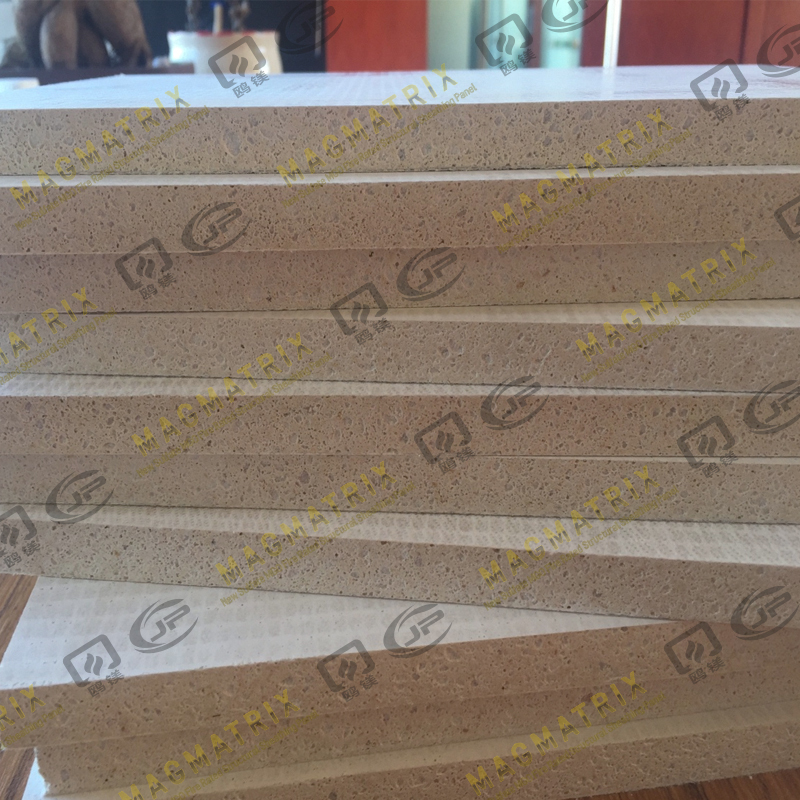 BMSC 517 New Sulfate MgO Board
BMSC 517 New Sulfate MgO Board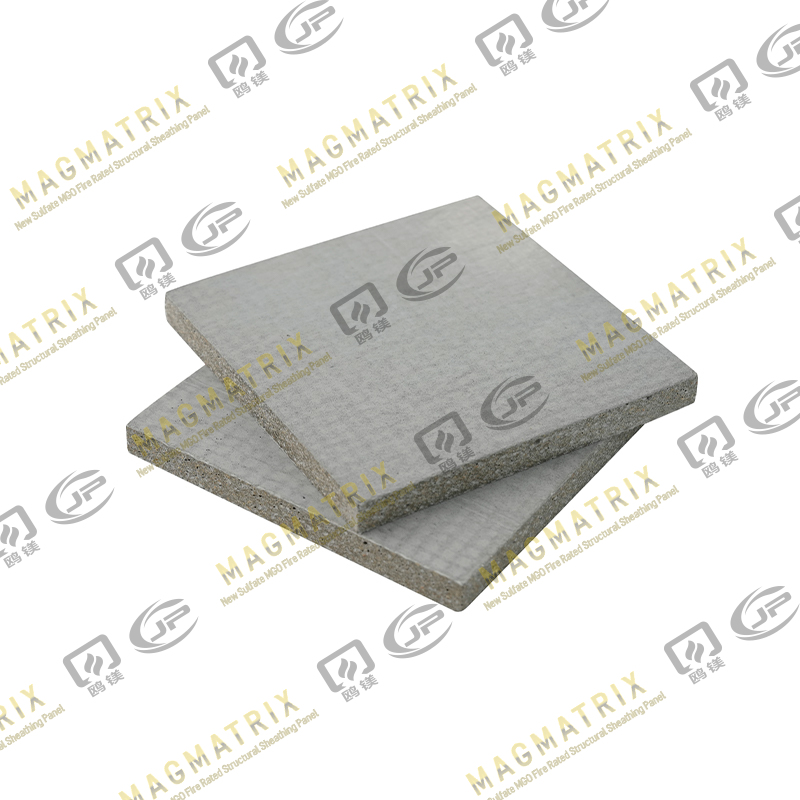 Multi-Support MgO Wall Sheathing Board
Multi-Support MgO Wall Sheathing Board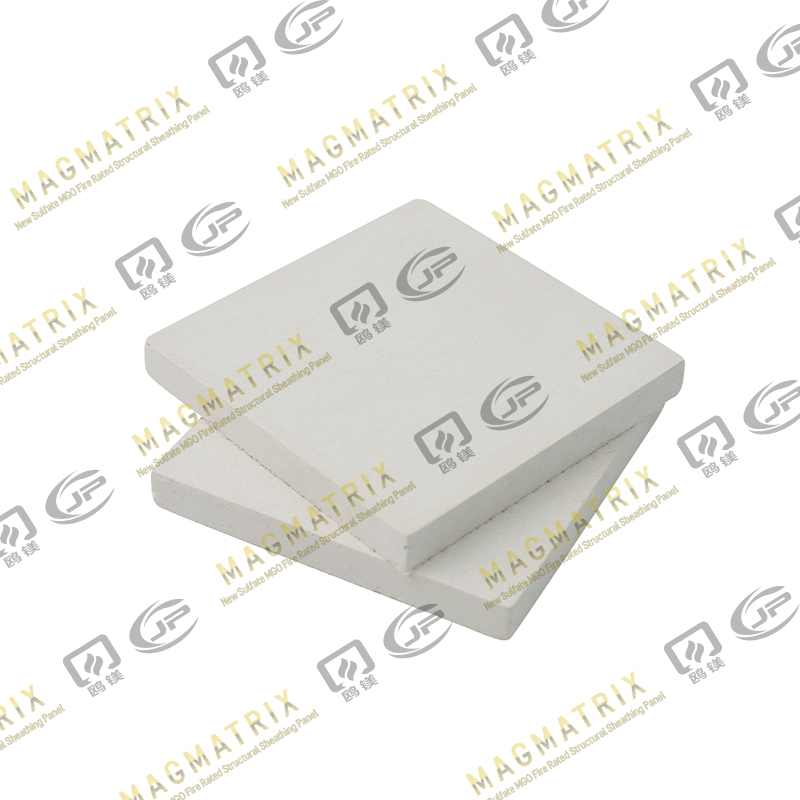 Perseverance MgO Wall Sheathing Board
Perseverance MgO Wall Sheathing Board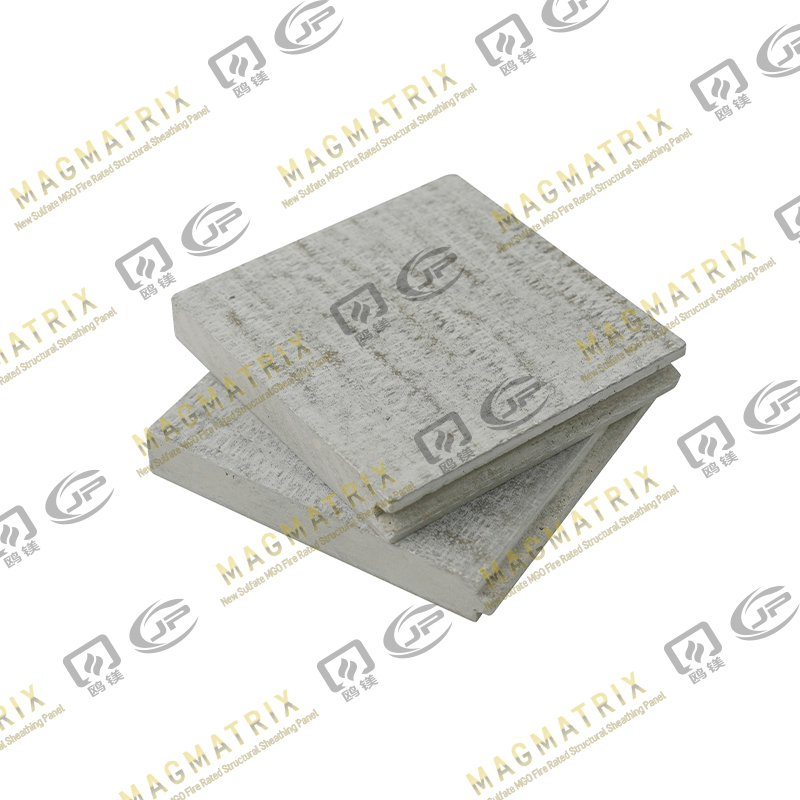 Multi-Support MgO Subfloor Sheathing Board
Multi-Support MgO Subfloor Sheathing Board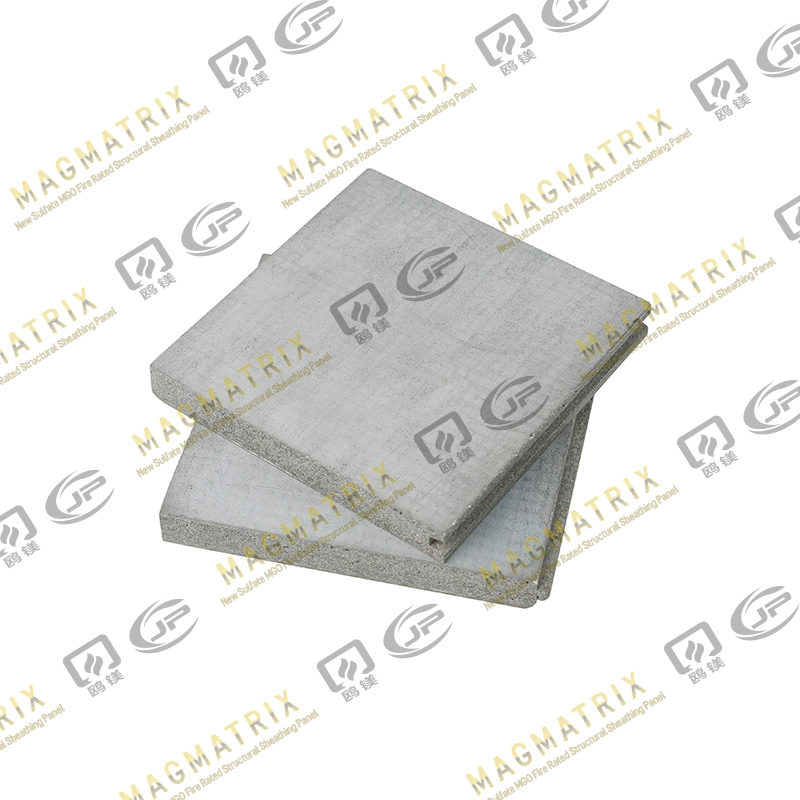 Perseverance MgO Subfloor Sheathing Board
Perseverance MgO Subfloor Sheathing Board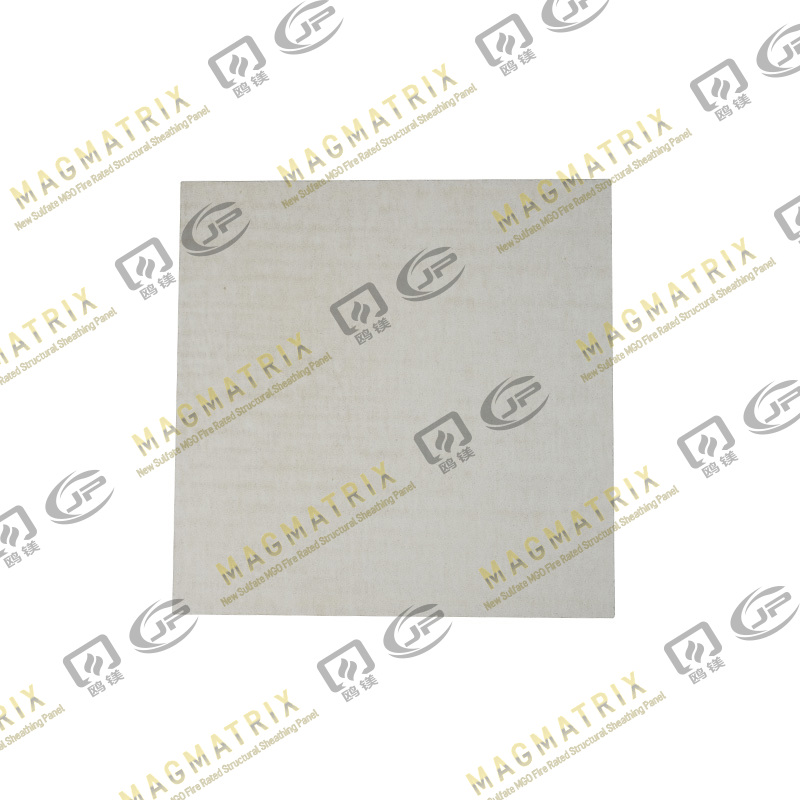 MagMatrix MgO Underlayment Panel/board
MagMatrix MgO Underlayment Panel/board


 English
English русский
русский Español
Español
